Craniosacral Therapy & Myofascial Release
Craniosacral Therapy & Myofascial Release
-
Bodywork therapies such as craniosacral therapy and myofascial release hold immense potential in supporting the well-being of autistic individuals. These gentle and non-invasive approaches to bodywork can help address sensory sensitivities, promote relaxation, and enhance overall body-mind connection. By focusing on the body's natural healing capacity, these modalities offer a holistic approach to supporting individuals on the autism spectrum.
Craniosacral therapy, a gentle touch therapy, aims to release restrictions and restore balance within the craniosacral system, comprising the bones, tissues, and cerebrospinal fluid that surround the brain and spinal cord. This therapy focuses on regulating the autonomic nervous system, which can benefit autistic individuals by reducing anxiety, improving sleep patterns, and promoting a sense of calm. Craniosacral therapy offers a safe and nurturing environment where individuals can experience profound relaxation, improved body awareness, and enhanced self-regulation.
Myofascial release, on the other hand, targets the fascia, a connective tissue network that surrounds muscles, bones, and organs throughout the body. By applying gentle sustained pressure and stretching techniques, myofascial release aims to release tension and restrictions in the fascial system. For autistic individuals who often experience challenges with sensory processing and motor coordination, myofascial release can provide relief, improve body awareness, and support the integration of sensory information. This therapy promotes improved range of motion, reduced muscle tension, and increased overall comfort and well-being.
-
Craniosacral therapy is a gentle and hands-on approach that focuses on the craniosacral system, which includes the bones, membranes, and cerebrospinal fluid surrounding the brain and spinal cord. Practitioners of craniosacral therapy use subtle touch and gentle techniques to evaluate and address restrictions or imbalances within this system. By applying light pressure and facilitating the body's inherent healing mechanisms, craniosacral therapy aims to restore balance, alleviate pain, and enhance overall well-being.
During a craniosacral therapy session, the practitioner listens attentively to the rhythms and movements within the craniosacral system, identifying any areas of tension or dysfunction. Through gentle touch, they encourage the release of restrictions, allowing the body's natural healing processes to take effect. This therapy can benefit autistic individuals by promoting relaxation, reducing sensory sensitivities, and supporting the regulation of the autonomic nervous system. Craniosacral therapy offers a safe and nurturing environment for individuals to connect with their bodies and experience a profound sense of calm and well-being.
-
Myofascial release is a therapeutic technique that focuses on the fascial system, a web-like network of connective tissues that surrounds and supports muscles, organs, and bones. Through gentle and sustained pressure, myofascial release aims to release restrictions within the fascia, improving mobility, reducing pain, and restoring optimal function. This technique recognizes the interconnectedness of the body and the impact of fascial restrictions on overall health and well-being.
During a myofascial release session, the practitioner uses hands-on techniques to apply sustained pressure to specific areas of tension or restriction. This pressure encourages the fascia to soften, elongate, and release, allowing for improved movement and alleviation of discomfort. Myofascial release can be particularly beneficial for autistic individuals, as it supports sensory integration, promotes body awareness, and helps regulate the nervous system. By addressing fascial restrictions, this therapy offers an opportunity for individuals to experience increased ease of movement, reduced muscle tension, and a greater sense of comfort in their bodies.


